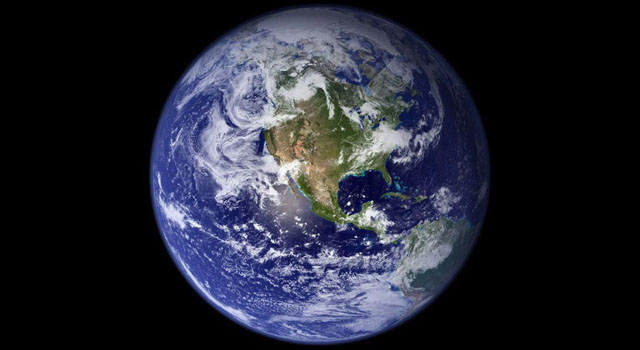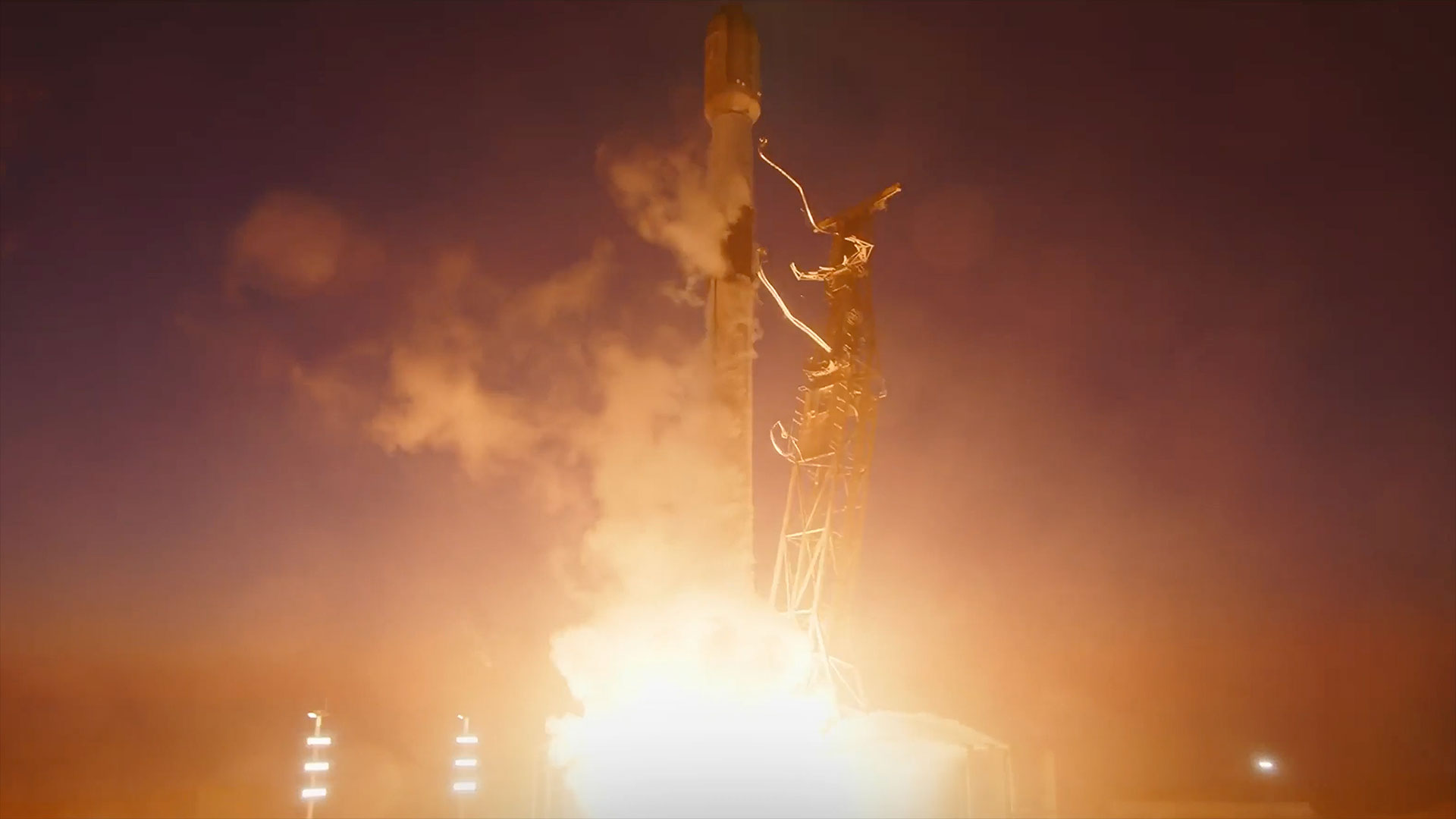New NASA Study Finds Dramatic Acceleration in Sea Level Rise
According to new research, global sea level isn't rising steadily — it's getting faster every year.
The findings, which came from an analysis of 25 years' worth of satellite data, are bad news for all low-lying regions threatened by the encroaching ocean: It may rise twice as high by 2100 as previously estimated.
The study, published on Feb. 12 in the journal Proceedings of the National Academy of Sciences, concluded that in the next 80 years, the sea level may rise by up to 26 inches (65 centimeters) as a result of climate change, cutting much larger chunks from the coastal areas than previously estimated. [Which Melting Glacier Threatens Your City the Most? NASA Tool Can Tell You]
"This is almost certainly a conservative estimate," said Steve Nerem, a professor of Aerospace Engineering Sciences at the University of Colorado Boulder, who led the NASA Sea Level Change team that conducted the study.
"Our extrapolation assumes that sea level continues to change in the future as it has over the last 25 years," Nerem said in a statement. "Given the large changes we are seeing in the ice sheets today, that's not likely."
The study incorporates data from the Topex/Poseidon and Jason-1, Jason-2 and Jason-3 satellite missions, managed jointly by NASA, the French space agency CNES, the European Organisation for the Exploitation of Meteorological Satellites (EUMETSAT) and the National Oceanic and Atmospheric Administration (NOAA).
The researchers' analysis revealed that while in the 1990s, the sea level was rising by approximately 0.1 inch (2.5 millimeters) per year, today it rises by 0.13 inches (3.4mm) per year.
Get the Space.com Newsletter
Breaking space news, the latest updates on rocket launches, skywatching events and more!
"The Topex/Poseidon/Jason altimetry missions have been essentially providing the equivalent of a global network of nearly half a million accurate tide gauges, providing sea surface height information every 10 days for over 25 years," said paper co-author Brian Beckley, a researcher at NASA's Goddard Space Flight Center in Maryland, said in the statement.

According to the researchers, the sea level rise is caused by two phenomena — the thermal expansion of water and the melting of glaciers, including glaciers in Greenland and Antarctica.
The thermal expansion is a natural result of the massive body of water that is the global ocean being exposed to increasing ambient temperatures. The study found that thermal expansion alone had driven the sea level up by 2.8 inches (7cm) over the past 25 years.
The main contributor to the accelerating pace, however, is the fast melting of the Greenland and Antarctic glaciers, the study concluded.
"As this climate data record approaches three decades, the fingerprints of Greenland and Antarctic land-based ice loss are now being revealed in the global and regional mean sea level estimates," Beckley said.
The researchers said that the speed of the acceleration is not consistent and can be affected by geological events such as volcanic eruptions or by climate patterns such as El Niño and La Niña.
Follow us @Spacedotcom, Facebook and Google+. Original article on Space.com.
Join our Space Forums to keep talking space on the latest missions, night sky and more! And if you have a news tip, correction or comment, let us know at: community@space.com.

Tereza is a London-based science and technology journalist, aspiring fiction writer and amateur gymnast. Originally from Prague, the Czech Republic, she spent the first seven years of her career working as a reporter, script-writer and presenter for various TV programmes of the Czech Public Service Television. She later took a career break to pursue further education and added a Master's in Science from the International Space University, France, to her Bachelor's in Journalism and Master's in Cultural Anthropology from Prague's Charles University. She worked as a reporter at the Engineering and Technology magazine, freelanced for a range of publications including Live Science, Space.com, Professional Engineering, Via Satellite and Space News and served as a maternity cover science editor at the European Space Agency.
